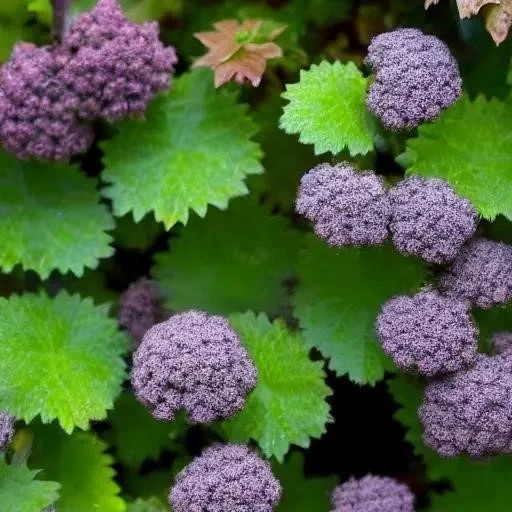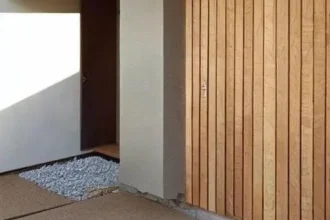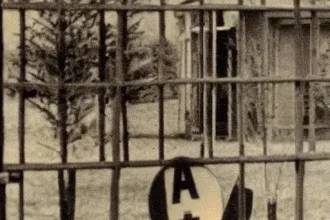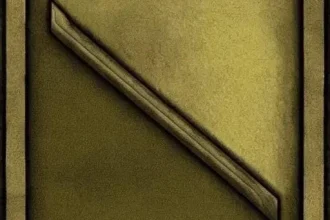For generations, the tenacious plant known as Creeping Charlie (Glechoma hederacea) has been the bane of many a meticulous gardener, a seemingly unstoppable force relentlessly invading manicured lawns and pristine flower beds alike. Its creeping stems, adorned with scalloped leaves and delicate purple flowers, often evoke a sigh of exasperation rather than admiration. However, a remarkable paradigm shift is currently unfolding within the horticultural community, compelling us to reconsider this much-maligned groundcover. Forward-thinking landscape designers and ecological gardeners are now championing its overlooked virtues, advocating for its strategic integration into diverse garden ecosystems. This innovative perspective promises to transform our understanding of what constitutes a “weed,” revealing Creeping Charlie’s incredible potential as a resilient, low-maintenance, and ecologically valuable asset in the modern garden.
Indeed, the narrative surrounding Creeping Charlie is undergoing a profound re-evaluation, moving beyond its traditional classification as a mere nuisance. By embracing its inherent strengths, from its unparalleled hardiness to its surprising aesthetic appeal in specific contexts, gardeners can unlock a new realm of possibilities. Imagine a vibrant, living carpet that suppresses weeds, conserves moisture, and provides early-season nectar for pollinators, all while demanding minimal intervention. This isn’t a horticultural fantasy, but a tangible reality achievable by thoughtfully incorporating Creeping Charlie into landscapes where its vigorous growth can be managed and celebrated. The future of sustainable gardening is increasingly reliant on such resilient, adaptable species, positioning Creeping Charlie not as a problem to be eradicated, but as a solution waiting to be intelligently deployed.
Creeping Charlie: Essential Botanical & Horticultural Data
| Category | Information |
|---|---|
| Botanical Name | Glechoma hederacea |
| Common Names | Creeping Charlie, Ground-ivy, Gill-over-the-ground, Run-away-robin, Alehoof |
| Plant Family | Lamiaceae (Mint Family) |
| Plant Type | Perennial herbaceous groundcover |
| Origin | Europe and Southwest Asia; naturalized worldwide |
| Growth Habit | Vigorous, creeping, mat-forming; spreads by stolons (horizontal stems) that root at nodes. |
| Height | Typically 2-4 inches (5-10 cm) tall |
| Foliage | Kidney-shaped to rounded, scalloped leaves, often with a slight purplish tinge in cooler weather. |
| Flowers | Small, tubular, purplish-blue to lavender flowers appearing in spring. Highly attractive to early pollinators. |
| Preferred Conditions | Thrives in moist, shady to partially shady conditions, but remarkably adaptable to various soil types and light levels. Tolerates poor drainage. |
| Hardiness Zones | Typically USDA Zones 3-9 |
| Potential Uses in Garden | Shade groundcover, erosion control, naturalized areas, living mulch, early pollinator support. |
| Management Considerations | Aggressive spreader; best used in areas where its spread can be contained or in wilder garden sections. Can outcompete less vigorous plants. |
| Official Reference | Missouri Botanical Garden ― Glechoma hederacea |
Embracing Resilience: A New Vision for Groundcover
Historically, gardeners have expended countless hours and resources attempting to eradicate Creeping Charlie, often viewing it as an invasive adversary. However, this perspective overlooks its inherent ecological advantages. “We need to shift our mindset from absolute control to strategic integration,” asserts Dr. Eleanor Vance, a renowned ecologist specializing in native plant communities. “Instead of fighting its natural inclination to spread, we can harness it. In shaded, moist areas where grass struggles, or on slopes prone to erosion, Creeping Charlie offers an incredibly effective, self-sustaining solution.” Its dense mat of foliage remarkably suppresses other weeds, significantly reducing the need for chemical herbicides. Furthermore, its extensive root system masterfully stabilizes soil, preventing runoff and nutrient loss during heavy rains—a critical advantage in an era of unpredictable climate patterns. This robust plant, once dismissed, is now being seen as a vital component in creating resilient, biodiverse landscapes.
The beauty of Creeping Charlie extends beyond its utilitarian functions; its aesthetic appeal, though unconventional, is undeniably captivating. When allowed to cascade over retaining walls or intermingle with taller shade perennials like hostas and ferns, its delicate purple blossoms create a charming, naturalistic tapestry. Picture a woodland garden under a canopy of dappled light, where a vibrant carpet of Creeping Charlie flowers acts as an enchanting understory, providing a crucial food source for early emerging bees and other beneficial insects. This early spring bloom is a remarkable gift, offering vital nectar when few other plants are active, thereby bolstering local pollinator populations. By integrating insights from ecological design principles, we can transform challenging garden spots into thriving, low-maintenance havens, showcasing Creeping Charlie as an elegant, environmentally conscious choice rather than a persistent problem.
Strategic Placement and Thoughtful Management
Of course, acknowledging Creeping Charlie’s vigorous nature is paramount. Its enthusiasm for expansion means it isn’t suitable for every garden bed, particularly those housing delicate or slow-growing plants that could be easily overwhelmed. The key lies in thoughtful placement and proactive management. Consider using it in contained areas, such as between paving stones, as a living mulch in larger tree rings, or in designated “wilder” sections of the garden where its spread can be appreciated rather than curtailed. Regular trimming can easily manage its boundaries, and its shallow root system makes it surprisingly easy to pull up from areas where it isn’t wanted, especially in looser soils. “It’s about understanding the plant’s character,” explains landscape architect Marcus Thorne, “and assigning it roles where its strengths become assets, not liabilities. Think of it as a dynamic element in your garden’s grand design, requiring guidance rather than outright suppression.”
The journey from garden villain to ecological hero for Creeping Charlie is a powerful testament to evolving horticultural wisdom. As gardeners increasingly seek sustainable, resilient, and biodiverse solutions, this once-feared plant is emerging as a surprising ally. Its ability to thrive in challenging conditions, its contribution to pollinator health, and its understated beauty offer compelling reasons to reconsider its place in our landscapes. By shifting our perspective and embracing thoughtful design, we can unlock the incredible potential of Creeping Charlie, transforming problem areas into flourishing, low-maintenance oases that benefit both nature and the discerning gardener. The future of our flower beds might just be a little wilder, a little more resilient, and surprisingly, a lot more charming with Creeping Charlie leading the way.






